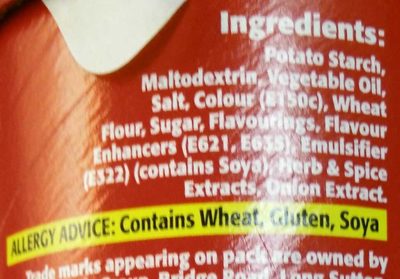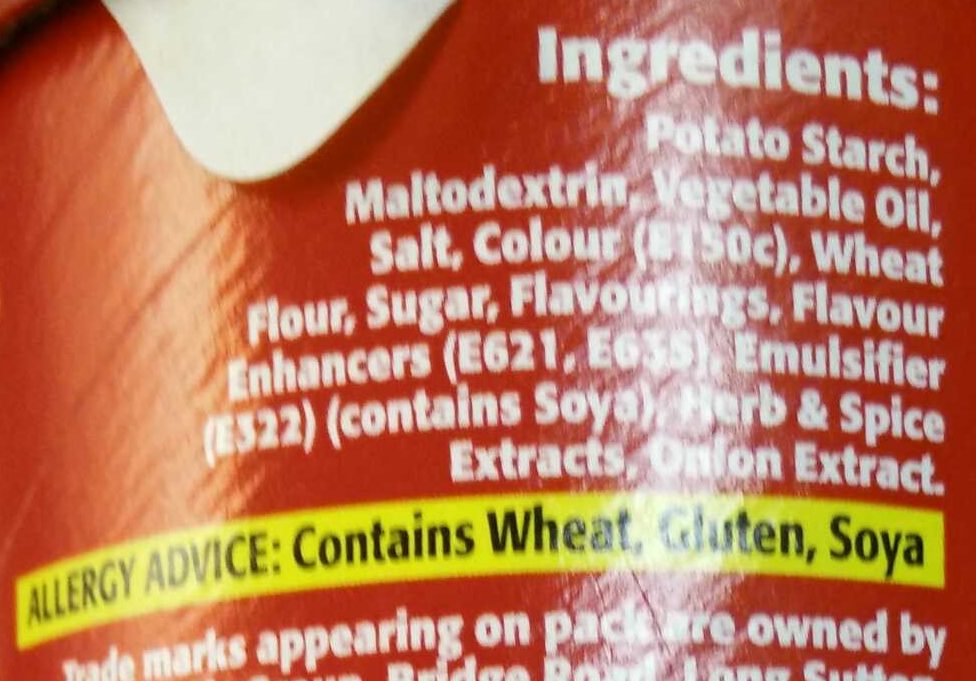Bisto Gravy - 170g
This product page is not complete. You can help to complete it by editing it and adding more data from the photos we have, or by taking more photos using the app for Android or iPhone/iPad. Thank you!
×
Barra-kodea: 5010024101381 (EAN / EAN-13)
Kopurua: 170g
Ontziratzea: en:Card-tub, en:Pp-cap
Markak: Bisto
Kategoriak: en:Condiments, en:Sauces, en:Groceries
Etiketak, ziurtagiriak, sariak: en:Vegetarian, en:Punto Verde
Dendak: Woolworths, Coles
Saltzen diren herrialdeak: Australia, Espainia, Suitza, Erresuma Batua, Ameriketako Estatu Batuak
Matching with your preferences
Ingurumena
Ontziratzea
Transportation
Threatened species
Report a problem
Datuen iturria
Product added on by kyzh
Last edit of product page on by gdude2002.
Produktuaren orria -gatik editatua anticultist, archanox, elcoco, foodrepo, inf, musarana, openfood-ch-import, openfoodfacts-contributors, swipe-studio, tacite, thaialagata, usda-ndb-import.










